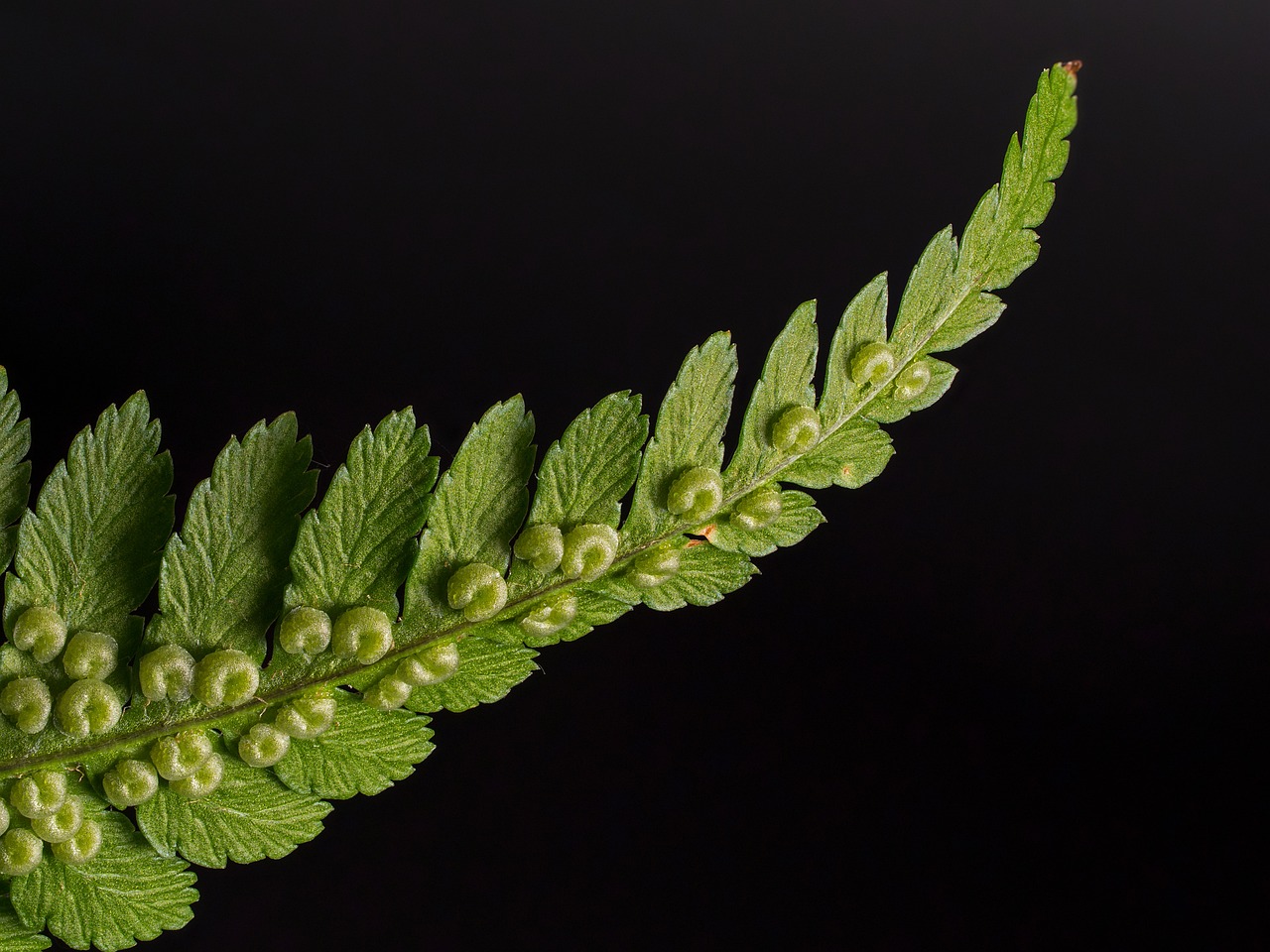“`html
The Fascinating World of Ferns: Habitat, Care, and Symbolism
Ferns are a group of plants that have captivated gardeners and botanists alike with their lush foliage and ancient lineage. In this post, we’ll explore the habitat and characteristics of ferns, delve into their symbolism, and provide a comprehensive guide on how to care for these beautiful plants in your own home.
Understanding Ferns: Habitat and Characteristics
Habitat of Ferns
Ferns are a diverse group of plants, with over 10,000 different species thriving in a variety of environments around the world. They are most commonly found in tropical and subtropical climates, where the humidity and warmth provide ideal growing conditions. However, ferns can also be found in temperate forests, rocky crevices, and even arctic tundra. Their adaptability to different environments is one of the reasons they have survived for millions of years.
Characteristics of Ferns
One of the most distinctive features of ferns is their fronds, which are large, divided leaves that unfurl from a coiled position known as a fiddlehead. Unlike flowering plants, ferns reproduce via spores, which are typically found on the undersides of their fronds. This method of reproduction links them to the ancient past, as ferns have been around since the time of the dinosaurs.
Symbolism of Ferns
Ferns have been imbued with cultural and symbolic significance throughout history. In many cultures, they are associated with sincerity, magic, and fascination. The fern is often seen as a symbol of eternal youth due to its evergreen nature. In Victorian England, ferns were a popular motif in art and decor, representing humility and sincerity.
Caring for Your Ferns: A Comprehensive Guide
Choosing the Right Fern
When selecting a fern for your home, consider the environment in which it will be placed. Some popular species for indoor growing include the Boston fern (Nephrolepis exaltata), Maidenhair fern (Adiantum), and Staghorn fern (Platycerium). Each of these ferns has its own specific light and humidity needs, so it’s important to choose one that will thrive in your particular setting.

Light and Temperature
Most ferns prefer indirect light, as direct sunlight can scorch their delicate fronds. Place your ferns in a location where they receive filtered light or near a north-facing window. The ideal temperature range for most ferns is between 60 to 75 degrees Fahrenheit (16 to 24 degrees Celsius). Sudden temperature changes should be avoided, as they can stress the plant.
Watering and Humidity
Ferns thrive in humid environments, so it’s important to keep the soil consistently moist but not waterlogged. Water your ferns when the top inch of soil feels dry to the touch. To maintain humidity, consider misting the fronds regularly or placing a humidifier nearby. Alternatively, placing the pot on a tray filled with pebbles and water can help increase humidity around the plant.
Soil and Fertilization
Use a well-draining potting mix rich in organic matter for your ferns. A mix of peat moss, pine bark, and perlite can provide the necessary nutrients and drainage. Fertilize your ferns every 4-6 weeks during the growing season with a balanced, water-soluble fertilizer diluted to half strength. Over-fertilization can lead to burnt fronds, so it’s best to err on the side of caution.
Pest and Disease Management
Ferns are relatively hardy but can be susceptible to pests such as aphids, spider mites, and mealybugs. Regularly inspect your plants and treat any infestations with insecticidal soap or neem oil. Root rot, caused by overwatering, is the most common disease affecting ferns. Ensure proper drainage and avoid letting the plant sit in water to prevent this issue.

Additional Tips for Thriving Ferns
Repotting Your Fern
Ferns typically need to be repotted every 1-2 years, depending on their growth rate. If you notice roots growing out of the pot’s drainage holes or a lack of new growth, it’s time to repot. Choose a pot that is one size larger and refresh the potting mix to provide your fern with ample room to grow.
Pruning and Grooming
Regular pruning of dead or damaged fronds will help keep your fern looking its best. Use clean, sharp scissors to remove any brown or yellowing leaves, cutting as close to the base as possible. This not only improves the plant’s appearance but also encourages new growth.
Understanding Dormancy
Some ferns may enter a period of dormancy during the winter months, where growth slows, and fronds may die back. This is a natural process, and reducing watering and fertilization during this time can help the plant conserve energy. As temperatures warm in the spring, resume regular care to encourage new growth.
Conclusion
Ferns are a captivating addition to any home or garden, offering lush greenery and a glimpse into the ancient past. By understanding their habitat, characteristics, and care requirements, you can enjoy healthy, thriving ferns year-round. Whether you’re drawn to their symbolism or simply their beauty, ferns are sure to bring a touch of nature’s elegance into your life.
For more information on different types of indoor plants, consider checking out our guide to indoor plants. Additionally, if you’re interested in learning about the historical significance of ferns, the Wikipedia page on ferns offers a wealth of knowledge.
“`
